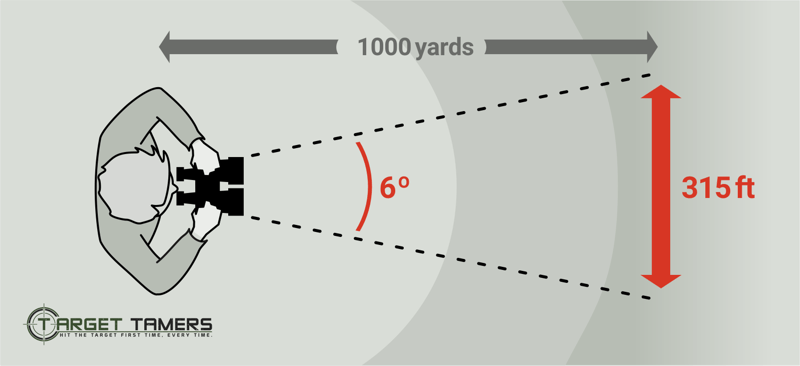Why Should You Use The Horse Ulcer Supplement?

Why Not Medicine?
Researchers from Veterinary Clinics of North America propose some reasons including:
- The expensive FDA-approved drugs require long-term use, and pharmaceutical agents ask for a veterinarian prescription.
- Gastric ulcers usually recur after stop using the drug, so they need constant treatment.
- Long-term use of omeprazole can reduce stomach fluid acidity and cause negative digestion affects.
- Some medicines are restricted in performance horses, and you have to use alternative and complementary therapies.
- People use Omeprazole to treat and prevent Equine Gastric Ulcer Syndrome (EGUS), but a large number of drugs are in the mixture such as antacids and stomach protectants.
Why Should Supplement?
Also, in the article of the above researchers, therapies for EGUS need to identify and overcome the causes, environment control, diet, and pharmaceutical intervention. Owners should look for products with ingredients to help maximize digestive health as follows:
- Pectin forms a gel when exposed to acidic environments and binds bile acids, protecting the lining of the gastrointestinal tract.
- Lecithin reduces surface tension.
- Saccharomyces cerevisiae (live yeast), Sea Buckthorn (rich in vitamins and antioxidants).
- Dietary oils for the balance between omega-6 and omega-3.
- Minerals (like zinc) promote skin healing and support immune function.

Frequently Asked Questions
How Many Types Of Ulcers Are There In Horses?
Ulcers usually develop in the stomach although they can form in the colon. They are called Equine Gastric Ulcer Syndrome (EGUS) with two primary diagnoses:
- Equine Glandular Gastric Ulcer Syndrome (EGGUS) – a rare form: Because the glandular lining can withstand harsh acids and is less prone to pain or injury, it occurs more in racehorses than endurance horses.
- Equine Squamous Gastric Ulcer Syndrome (ESGUS) – more popular: 60-80% of horses with gastric ulcer symptoms are diagnosed with ESGUS.
Warning: Ulcers in horse stomach can lead to the development of hindgut or colon ulcers, which are more challenging to diagnose and need careful treatment.
What Causes Ulcers In Horses’ Stomach?
You should talk to a veterinarian to determine the ulcer causes. Understand the causes helps you to plan treatment and maintain effective long-term care. Here they are:
- EGGUS is caused by the deterioration of the mucosal lining, covering the glandular of horse stomach, formed by horse stomach acid. Or other reasons are the regular use of non-steroidal anti-inflammatory drugs (NSAIDs) and bacterial infection.
- ESGUS is also derived from stomach acid, bacteria or parasites because squamous has mucosal lining and lacks defense mechanisms for glandular protection.
- Colon ulcer: Because colonic ulcers tend to form from gastric ulcer, they are affected by the same causes of EGGUS and ESGUS.
What Do You Feed A Horse With Stomach Ulcers?
You use diet and nutritional management in combination with medical therapy to reduce the severity and recurrence of ulcers:
Raise in graze
Horse grazing pastures are less likely to develop ulcers than those in cages. You should avoid feeding your horse only two large meals a day, not enough water, social isolation with other horses, and lack of exercise.
Maximize forage
Alfalfa feeding with high levels of calcium, magnesium, and protein protects the stomach lining. You provide every 100 kg of body weight with 1-1.5kg of good quality forage or hay all day and night.
Minimize grain
You limit the intake of grains to a maximum of 0.5kg per 100 kg body weight per day. You need to feed hay first, then grains to prevent ulcers and do not feed grains less than six hours apart. Remember to replace any sweet feeds, barley or oats with lucerne hay or good quality grass.
Provide plenty of water
You need to make sure your horse has access to clean drinking water. The reason is that horses eat less when you restrict the provided water, then reducing eating leads to a decrease in alkaline saliva production to buffer stomach acid, increasing the risk of ulcers.
For horses in training, avoid repeated oral administration of mucus or hypertonic electrolyte replacement solutions that increase the severity of stomach ulcers. Instead, you give your horses small meals.
>>> Read more about the Best Automatic Horse Waterer

How Long Do Ulcers Take To Heal In Horses?
Depending on the type of treatment and severity, ulcers can take from one week to more than a month to heal. Remember to complete the full treatment plan, even if the symptoms disappear. Symptoms are relieved because the medicine is active; it doesn’t mean that the ulcers heal completely.
The veterinarians should conduct follow-up tests such as endoscopy or fecal blood tests before ending the treatment. You should also consult them when using supplements or probiotics for your horse. They can advise you on the dosage, medication usage, side effects, and the change of eating and stalling habits.
Source: https://bit.ly/2m7eYck



















